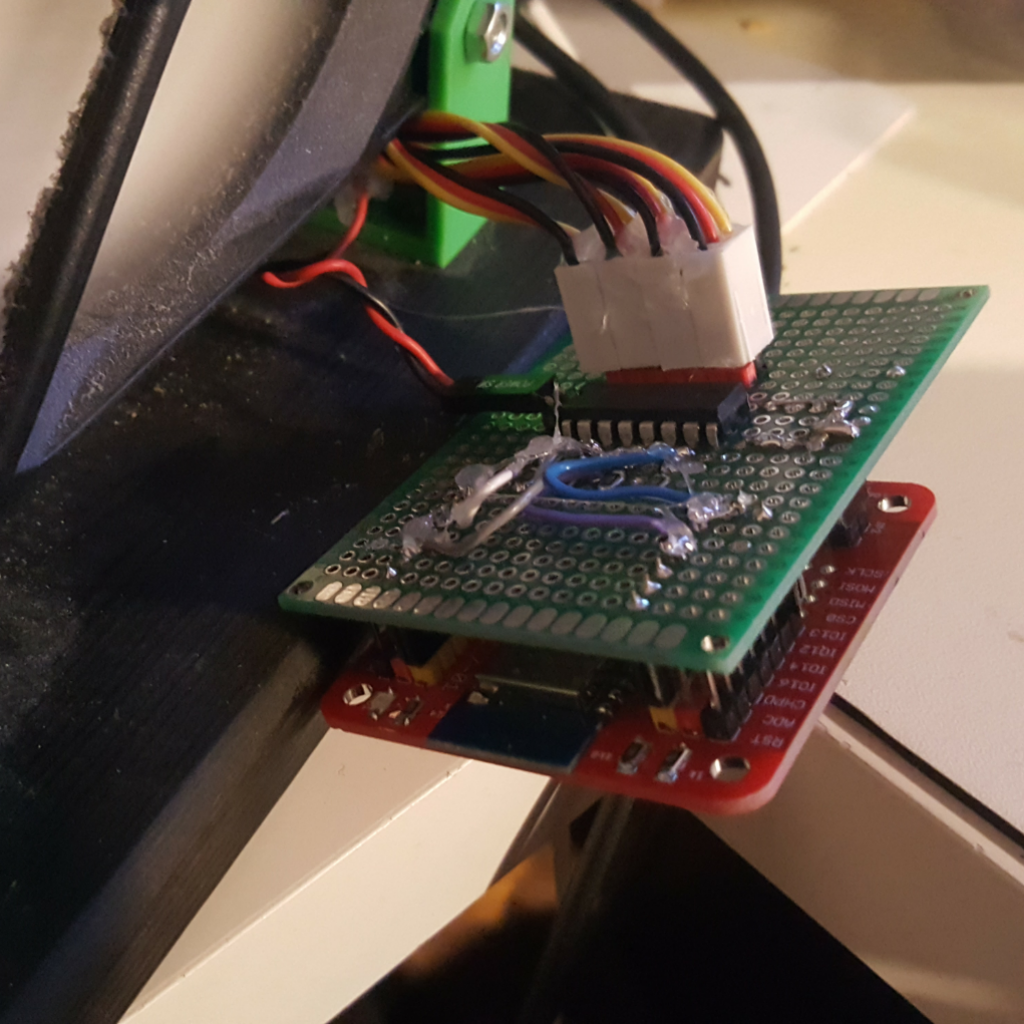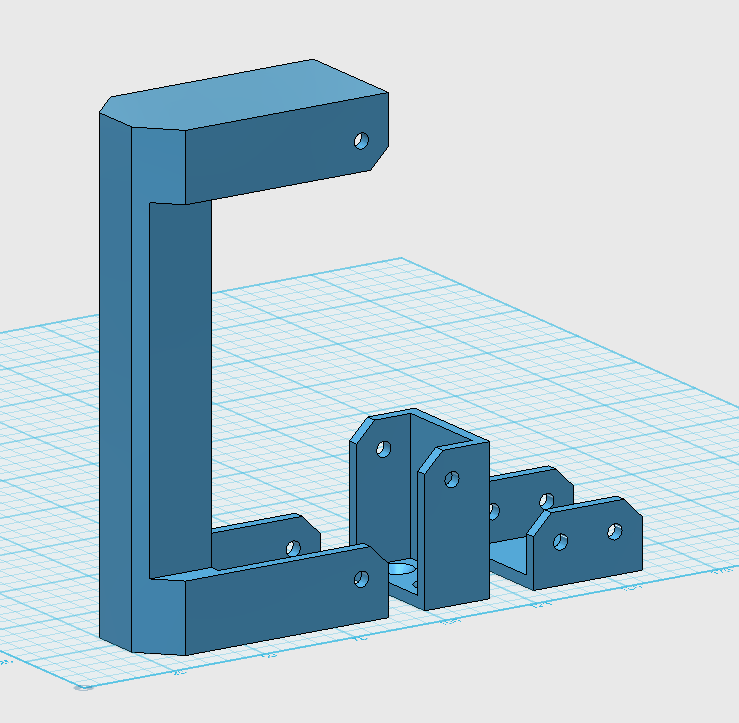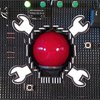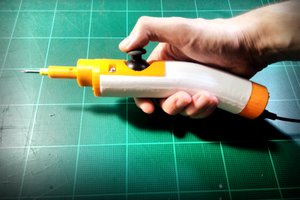Specifications of the fans
| Height | 120 mm |
| Width | 120 mm |
| Depth | 25 mm |
| Voltage range | 7 - 12 V |
| Fan speed | 1,200 rpm |
| Rated Power | 1.2 W |
| Airflow | 107.9 m³/h |
| Noise | 16,0 dBA |
| Bearing | Rifle |
| Connector | 3-Pin Molex |
| Code | 4250140324009 |
| Manufacturer number | CT120BW |
Cooltek - Silent Fan 120
http://www.cooltek.de/en/fans/silent-fan-series/105/silent-fan-120-1-200-rpm
 davedarko
davedarko








 AndrewMcDan
AndrewMcDan
 ZenVega
ZenVega
 Octavio.Makes
Octavio.Makes
 ProgressTH
ProgressTH
I'm curious what software you use for designing 3D parts?